The entire cycling scene in Germany took some getting used to when I arrived here. In South Africa its sort of all kitted out serious health fanatics on bikes, and few other people ever use a bike after you’ve left school. However, the scene in Germany is significantly different.
A survey on the frequency of bicycle usage in Germany 2017-2020 found that in 2020, 9.8 percent of the German population hopped on a bike daily, while 17.1 percent did so several days a week.
Cycling is both a popular way to commute as well as a recreational activity.
Furthermore, the vast variety of bikes available here makes cycling the perfect way to get some sort of exercise, even if you’re not a serious athlete.
This includes road bikes, racing bikes, commuting bikes, e-bikes, mountain bikes, tandems and even family bikes (those with trailers for dogs or children).
Just in the e-bike category you’ve got a wide choice of road, touring, light touring, commute, mountain or (again) family e-bikes.
I bought a so-called Light-Tourer e-bike in July 2019, and with this discovered an entire new perspective of living and traveling in Germany.
In 24 months I’ve cycled more than 5000 of leisure training kilometres and incidentally found a very fulfilling ‘hobby’.
There are more than 200 cycle roads (that’s long-distance routes criss-crossing the country) besides all the normal cycle lanes in and around towns and cities.
So what better way to spend Saturdays than to hop on your bike, head off on an exploring trip of a new valley or nature area or countryside where you are bound to find a ‘biergarten’ to refuel and get plenty of photo opportunities of the stunning German countryside or ancient towns? As we got fitter and fitter I realised why an e-bike is such a good choice. It enables you to travel further while still providing adequate sweat and pulse to get you fitter.
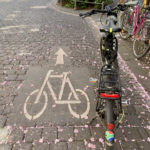 |
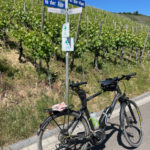 |
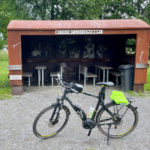 |
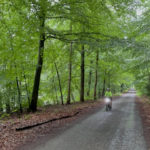 |
|---|
I haven’t yet participated in cycle races in Germany, as I just enjoy the traveling and exploring part of it.
Funnily though, Germany’s official cycling took quite a knock due to doping scandals after 2012, which means in competitive events, its more the serious athletes that participate than in South Africa where there are many ‘social’ cycle races to participate in. But the social individual cycling opportunities on dedicated cycle paths (thus no shoulder rubbing with cars, or worse, taxis) more than make up.
Don’t feel offended when you are easily overtaken by a small grey-haired lady on a bike on a steep incline while you’re sweating your way up – she probably just has more experience and a stronger e-bike.
The two most common cycling apps I’m aware of is Kamoot and Strava, while Google maps also enable decent cycle routes.
Most fitness trackers link with these apps and keep good statistics of your cycling expeditions, which adds to the enjoyment.
Go get a bike, a decent padded pair of shorts since cycling in that area is a contact sport and Google some nice cycle paths in your area to explore. Oh, and report on your adventures on South Africans in Germany.
Some other useful apps:
Routing:
Renting bikes
In most cities you can rent a bicycle, just do a search.

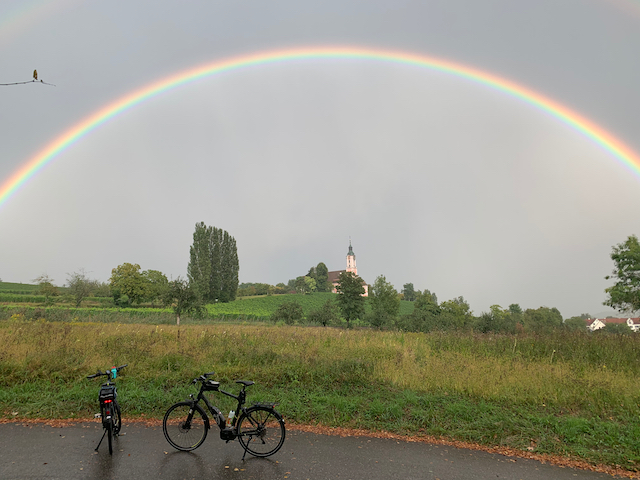

You must be logged in to post a comment.